RESISTANCE IS USELESS?
Or is it? Resistors! Those funny stripy little components have all sorts of uses such as In summary, resistors maintain stability, protect components, and optimize circuit performance. Dull? Not convinced? Have no fear! Variable resistors are also used to dim the brightness on phones, adjust the volume on speakers and head phones or control the speeds of electric motors on washing machines, electric cars and hair dryers! Heat sensitive and light sensitive sensors, whose resistance changes with temperature and brightness, prevent your beloved mobile devices from overheating or make sure you have the correct exposure for your latest social media selfie! Resistors are everywhere and essential to our electronic lives. And all of this linked to Ohm's law. Want to find out what "ohm's law" is yourself? Try our investigation below. This will lead you to a magical equation that explains so much and has lead to so many inventions. Read on for more detail? Watch our free educational video. Smarty pants may head straight for the quiz.


INVESTIGATING RESISTANCE - OHM'S LAW
Use this wonderful virtual circuit building kit from those wonderful people at Phet to investigate resistance.
INSTRUCTIONS:
Build the following circuit using the Lab section of the "Circuit construction Kit". Once you have built it on the simulation, it should look something like the second diagram
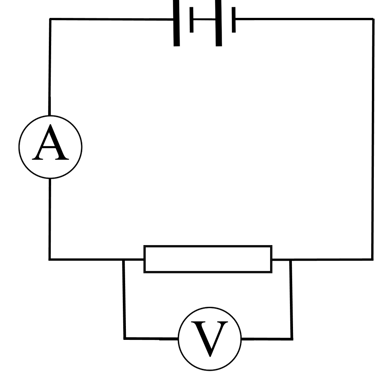



Click on the battery and you can then adjust the voltage (or potential difference if you are posh) of the battery.
Take the voltage as your independent variable and current as your dependent variable.
Collect data for different voltages over a range of 0-20 V. Decide a sensible interval.
Plot a graph of current against voltage.
Write a conclusion about what the graph shows you.
Find the gradient of the graph. What do you think this number represents?
Whether you realise it or not....you have just discovered Ohm's law...but what is it? Stuck? Watch the video below to help you with your conclusions....what is ohm's law and which physics equation does it lead to?

RESISTANCE KNOWLEDGE!
Everything, well almost everything, that you ever wanted to know about resistance in this video. It's thrilling.....well, mildly attention grabbing...for a few minutes at least. No. Stop it! Pull yourself together. This is essential exam knowledge.
RESISTANCE FACTS!
Resistance is a measure of how much a material opposes the flow of electric current. It’s like the electrical equivalent of friction. The higher the resistance, the harder it is for the current to flow through a material. Resistance is measured in ohms (Ω).
Ohm’s Law is a fundamental principle in physics that describes the relationship between voltage, current, and resistance in an electrical circuit. It states that the current (I) flowing through a conductor between two points is directly proportional to the voltage (V) across the two points, and inversely proportional to the resistance (R) of the conductor. The formula is expressed as:




This means that if you increase the voltage, the current will increase, as long as the resistance stays the same. Similarly, if you increase the resistance, the current will decrease if the voltage doesn’t change.
Remember, Ohm’s Law only applies to ohmic conductors—materials that have a constant resistance regardless of the voltage and current.


OHMIC AND NON OHMIC CONDUCTORS
Another catchy title! Only ohmic conductors obeys ohm's law! But all components in a circuit have resistance, and just to make things worse, that resistance can change under different conditions. There are three main compondents that you need to know about for assessments. Study the images below to learn all about them.


Don't forget about thermistors (heat sensors) and LDRs (light dependent resistors - light sensors to you and me....). These are made of semiconductor materials and their resistance changes depending on conditions. Their behaviour can be shown in graphs like the ones shown! Thermistors have lots of uses as temperature sensors in phones, car engines, digital thermometers and electronic devices. Light dependent resistors are essential for automatic lighting, digital photography in smart phones and cameras and light gates and much much more.
LIGHT DEPENDENT RESISTORS AND THERMISTORS

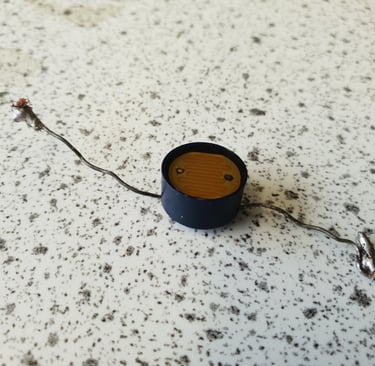
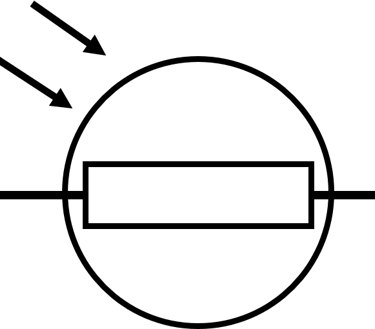


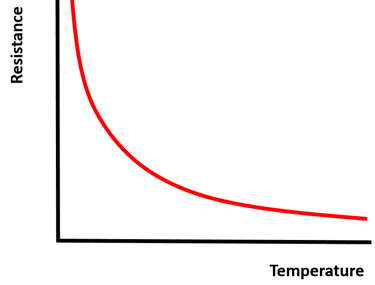



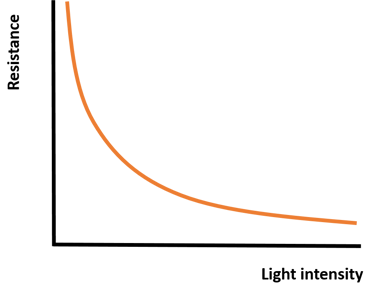
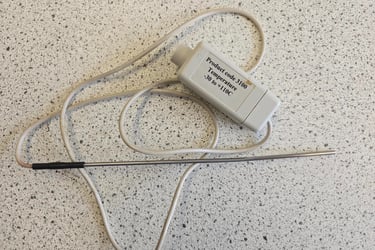

RESISTANCE QUIZ!
Try our challenging quiz all about resistance, ohms law and current-voltage graphs. It's a lot more fun that it sounds....how can you possibly resist? You might need a calculator to fully succeed!




